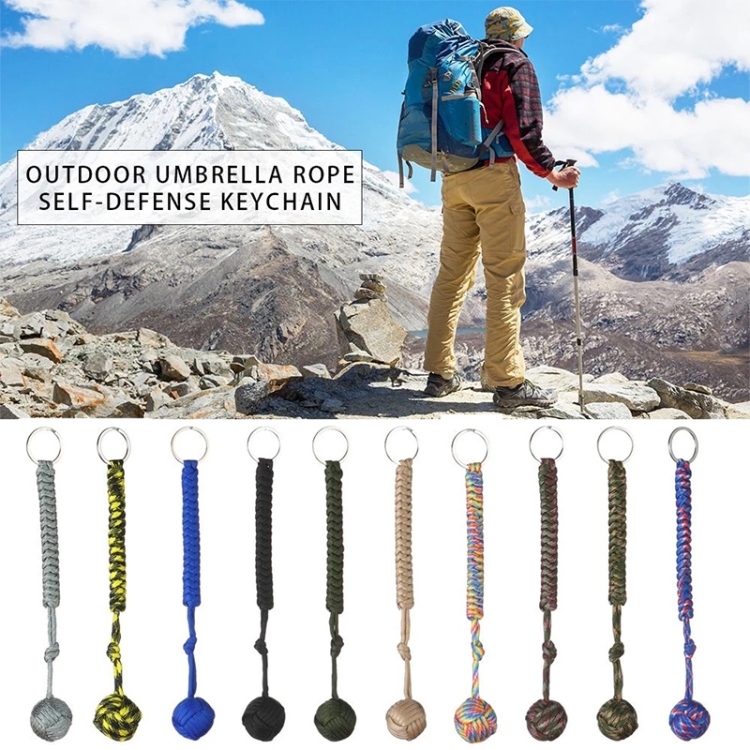
Knife covers keep knives safe from scratches and scrapes with other kitchen tools. These covers make it easier for you to reach your knives when they are needed. They are available in a variety of sizes and are designed to fit most brands of knives. They are portable and easy to store, so they are an indispensable tool for avid cooks.
Protective knife
You want them to be safe, no matter if you are storing them in a drawer or taking them with you on your next trip. You will find a variety of knife guards available, including ones made from plastic and soft materials. These versatile covers can be used to store a variety of different knives, including chef's knives, paring knives, serrated knives and even cleavers.
These universal knife guards can be easily placed over your knives to protect them. They are great for packing in a drawer, or even taking along on vacation. They're also very convenient because you can slide a knife easily over its blade while you're cooking and don't require it.

knife edge guards
Good knife edge guards are essential for protecting a quality blade. They come in a variety of styles and are designed to protect against nicks, dents and cuts. Most are made of plastic but there are some made from nylon or leather. They are affordable and keep your knife blades safe from cuts and dents.
Knife edge protectors are an excellent investment to protect your knives. They are light and easy to clean, so they can be used as many times as needed.
The Mercer Culinary Knife Guard (M33113P) is a light, durable material that keeps your blade in top condition. This knife guard is available as a range of sizes, so you can pick the one that suits your needs.
Sayas for Japanese knives
You may prefer a saya to a knife guard if you have a Japanese knife. Sayas are sheaths that enclose the blade entirely and secure it by buckling it into the sheath using a wooden pin. While they may be more expensive than some other types of sheaths (but they are great for protecting your blade while keeping it sharp), sayas are still a great option.

This knife sheath is made from high-quality beech wood for long-lasting durability and can be used to safely carry your knife. Its curved design helps protect the blade against accidental cuts and it is easy to clean.
Set of Kai Knife Protectors
This universal knife sheath fits all types of knives. The urethane band can accommodate larger knives and the retention clip opens and closes easily.
FAQ
What does a stungun do for an attacker?
A stun gun uses electricity for incapacitating someone. The electric shock causes muscle contractions that prevent them moving. They are unable to fight back.
Stun guns typically work best when used on your neck or head.
The best way to use a stungun is to hit the victim's body until they become unconscious.
Some stun guns also emit high-pitched sounds to scare attackers. These stun guns are known as TASERs.
What does it cost to sign up for a course in self-defense?
There are many self defense courses. The price of self-defense classes varies depending on where they are held and whether they are taken in person or electronically.
Some schools charge about $50 per calendar month, while others charge up $200.
Look into local community centers for a cheaper option. Many of these places offer free self-defense lessons.
What is the best gun to have for self-defense purposes?
A knife is the best tool for self defense. You may not think you need a knife for self-defense, but if someone tries to attack you, then you'll find yourself wishing you had one.
You don’t need to go out and purchase a $100 folding knives just because you want to defend yourself. The job can be done with a simple pocketknife. To be prepared for any eventuality, you can always buy a few additional tools.
Are there legal requirements to own a stungun?
Some states require proof of training to be able to own a stun gun.
Some states require that stun guns be registered with the police.
Other states require you not to tell law enforcement whenever your move.
How do beginners do self-defense?
It's not only for those who have been trained by professionals to defend themselves. It is important to learn how to defend oneself when you are on your own. These basic moves will help you defend yourself against attacks.
Start with simple moves such as punching, kicks, and kneeing. Next, move on to advanced moves such as grappling and joint lock.
It's always a good idea to practice the same things you will encounter in real life. You can use a pillow to practice how to kick someone.
This way, you won't hurt yourself while practicing. You should also be careful not to hit any object hard, as you could break it.
Is it against the law to give a stun gun a child?
It all depends on how old the child is.
No.
Yes, 18-years-old and over
You must make sure that minors understand the risks of having a stun gun.
It should be used only under the supervision of an adult.
Statistics
- Kung Fu alone has 400 unique martial art styles – and whilst you likely won't be able to find a school for each form, many other martial arts are completely different altogether. (budodragon.com)
- Boxers aren't allowed to fight in a clinch, which is a position that occurs in 80% of the streetfights. (mmaclan.com)
- Verbal harassment was the most common form, but 51 percent of women said they were touched or groped in an unwelcome way, while 27 percent of women survived sexual assault. (healthline.com)
- In a January 2018 survey of 1,000 women nationwide, 81 percent reported experiencing some form of sexual harassment, assault, or both in their lifetime. (healthline.com)
External Links
How To
How to use Kubotans for self-defense
Kubotan is a small stick used to fight by Okinawan Martial Arts Masters. They were originally made of bamboo but have since been replaced by metals and plastic.
They usually measure around 5cm lengthwise and 2cm widthwise.
The Kubotan's purpose is to strike at your opponent's eyes, nose and mouth. It can also be used to strike at other body parts like elbows and knees.
Women often use Kubotan because they are easy to carry, lightweight, and can easily be concealed when not needed.
You must be able to use the Kubotan correctly.
To hit the right spots accurately, you must practice with your Kubotan.
The following steps show you how to use a Kubotan in self-defense:
-
Face the attacker
-
Hold the Kubotan securely between your thumb and index fingers.
-
Lift the Kubotan's arm above your head.
-
Swing the Kubotan toward the attacker's forehead.
-
On the nose, eye, or area of the mouth, strike the attacker.
-
You should be able to see the impact of the Kubotan as it strikes the target.
-
Continue to swing your Kubotan until the Kubotan makes a "thwacking sound".
-
Lower the Kubotan and step back.
-
You can continue fighting by repeating Steps 1-7.